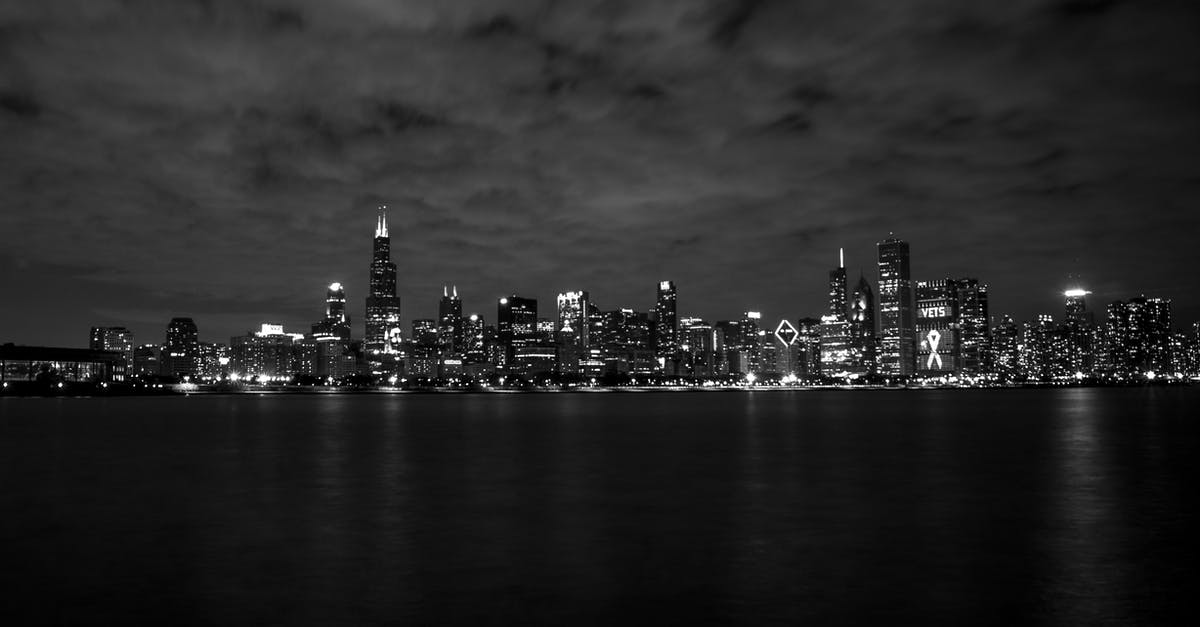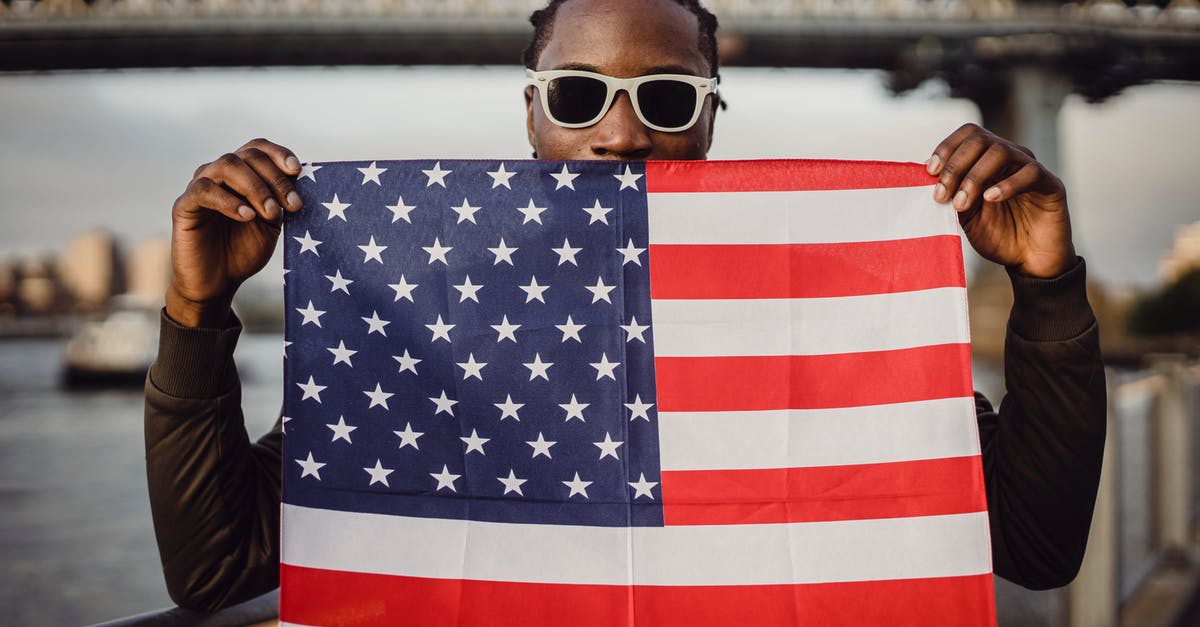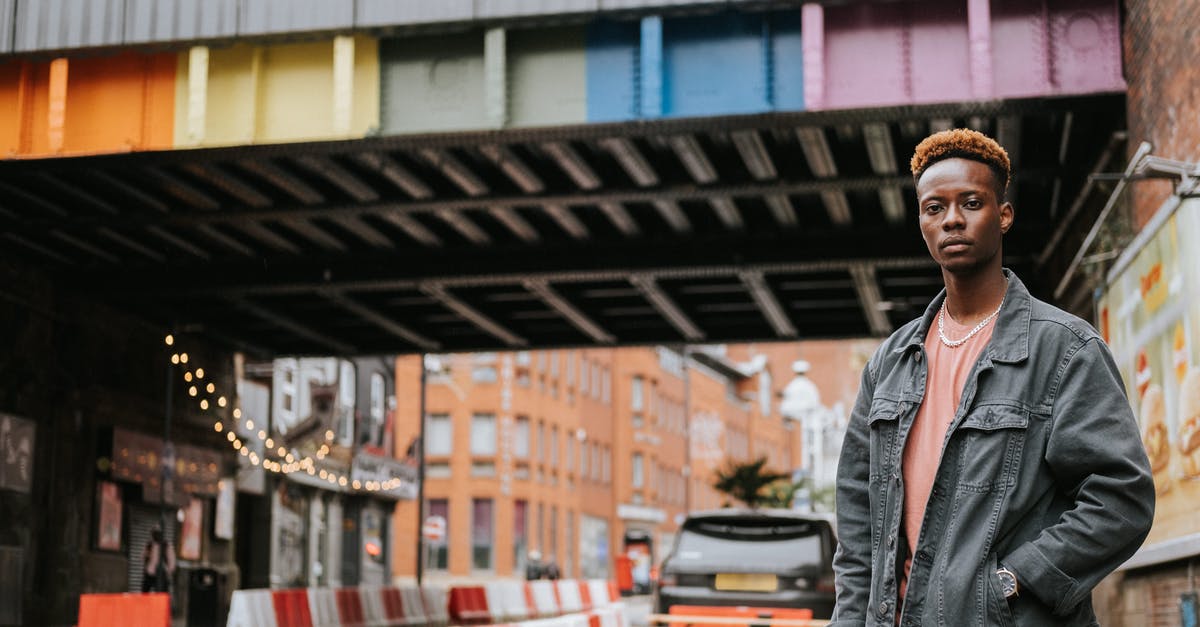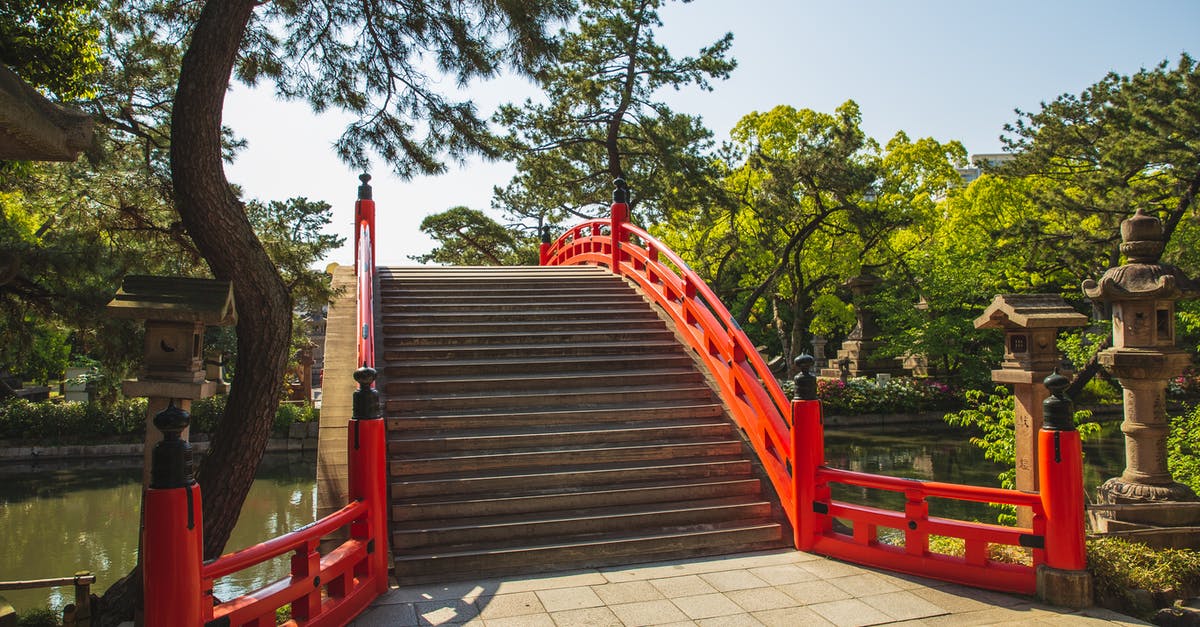What is the symbolism of the uncrossable bridge in Melancholia?

In Lars von Trier's Melancholia (2011) there are two scenes of the sisters riding their horses. Both end with Justine's (Kirsten Dunst) horse Abraham refusing to cross a small bridge. In the second instance this is even despite Justine's frustrated beating of the horse.
Later, as Melancholia is about to arrive, Claire (Charlotte Gainsbourg) attempts to drive her and her son away from the mansion in a golf cart, which breaks down at the same bridge.
Is there any symbolism behind this? Is it a representation of how the sisters--or anyone for that matter--cannot escape their fate brought about by Melancholia? Is it symbolic of the isolation Justine feels? Or is it just von Trier restricting the setting to the mansion? (I remember him doing similar in Dogville)
Best Answer
OK - just wanted to be brief with previous reply. I've re-posted my forum post here with a few mods to fix one error and supply context that was missing without prior threads:
Analysis of Justine's story
Synopsis:
a bride and groom at their wedding reception in an exquisite setting. A pressured and confused bride makes what appears to be a devastatingly bad decision. Finally the dissolution of the marriage.
Does this story sound familiar?
Here are some hints:
- In what literature do we find chapters bearing single word titles (many of those being first names)?
- In what literature do we have a story that describes the beginning of the world but (arguably) not its end?
Answer: I am suggesting that LVT has patterned Melancholia after Judea-Christian scripture (e.g. The Bible).
Additional themes to support this analysis (character/name analysis):
Justine is from the Latin just or fair. As pointed out in analysis found elsewhere (and even Lars himself may have suggested this), her name is possibly a reference to Novel of same name by Marquis de Sade in which Justine is struck down by a bolt from God. Recall the scenes with lightening emanating from Justine's fingers. While he may have taken her name from this character and found inspiration there, I do think that Justine is also patterned after Eve from Genesis. Her clairvoyance - she describes to Claire as always knowing things - possibly a reference to her having eaten from the Tree of Knowledge leading to banishment from Eden. Her confusion during the reception - repeatedly seeking guidance from Mom & Dad. Her apparent estrangement with her husband (how would it be to one day wake up and realize - you've been created to be someone's bride?) I think as the mother of mankind, she may also be seen here to be representative of mankind, and of course she also represents the planet Melancholia.
Michael (Justine's husband) is a name that comes from the Hebrew meaning "who is like God". I believe Michael is patterned after Adam from Genesis. The obvious symbolism supporting this is the photo of the Apple orchard he gives to Justine at the reception which, of course is not well received. Also, he's portrayed as a simple man.
Gaby (Justine & Claire's mother) is the Archangel (Gabriel) or God's messenger or possibly God herself (as depicted in feminine). Her demeanor and dialog could come right from Old Testament fire and brimstone - "enjoy it while it lasts" and telling Justine when her counsel is sought to grow up and that she should be afraid. Also her shirt shows a spiral with an arrow pointing inward - not sure if there is a traditional meaning to this symbol but it could be describing the path of planet Melancholia on its approach to earth. Realistically, this path is the only way that a planet could remain hidden, as described, behind the sun; if it were synchronized on an orbital plane with and 180 degrees opposite that of earth and spiraling towards us. There is also a shot of Gaby the morning after the reception basking in the morning light and posing prayer-like. Oh yeah, and her husband - brace yourselves …
Dexter (Justine & Claire's father) from the Latin meaning on the right side - yup, Jesus Christ. Not a very flattering portrayal. As people have pointed out - Lars does enjoy poking sticks now and then. Other than the name and relationship to Gaby, we have the two Betty's. It's my understanding that Lars converted to Catholicism for a time as an adult. Here's a question for you all: for people who are not raised Christian, what would you say are the biggest obstacles to their acceptance of the religion? In other words, if you had to make a list of the things Christians accept on faith, what two would be at the top of the list? Mine would be resurrection and virgin birth - Betty 1 and Betty 2? The scene with Little Father where Dexter removes the spoons may be a reference to miracles. All the guests see the deception but Little Father continues to serve obediently without questioning …
Little Father of course there's the name, and the two key scenes - as mentioned the spoons and then later when he returns Gaby's belongings to the estate after John tosses them out the door. I believe Little Father is a composite meant to represent those of faith …
John (Claire's husband), John is among most common names given in anglo countries. John is introduced to us as the smart one. He confidently identifies Melancholia to Justine as (I think it was) Antares. Point is, he was wrong. He again points out to Justine that the golf course has 18 holes and we later see a 19th green - wrong again! He also asserts that Melancholia will just fly right by - three strikes and you're out! John is another composite - possibly representing modern man who has replaced belief in God with science. The dialog of John is telling and this character is (IMO) some of Lars' best work here. John repeatedly uses the term "unbelievable" when referring to Gaby. He also tries to eject Gaby from the proceedings as he's apparently attempted to do on other occasions.
Jack from the Hebrew equivalent Yaakov meaning he who supplants. Money, Money, Money. Bad, bad, fellow. You can guess his role.
Tim, didn't feel the need to research name - hired by bad man (Jack) to shadow Justine, told that he must be there for the "birth" of the tag line. Adulterer with Justine but, apparently does not get what he was hired to do. Kinda like the serpent?
Claire the nickname for her used by Justine was Clay. This is in-line with the notion that her character represents Earth. Her role is also one of mother and caretaker to Justine (Mother Earth).
Leo (Acronym for Low Earth Orbit) - the moon. Claire's son. An only son.
Abraham (stallion), beast of nobility, of same name as Abraham from Genesis. God makes covenant to give Abraham land. Why does Abraham refuse to cross bridge or leave estate when freed by Claire (see below)?
Estate grounds - possibly Eden - probably symbolic of holy land. Bridge represents passage from Eden into man's world (Sodom and Gomorrah?) Explains Abraham's behavior. Additional scenes to support Holy Land theory - quick scene during prologue showing burning bush on estate grounds; the scene with limousine may be a reference to Matthew 7:14 which translates to roughly "but the gateway to life is very narrow and the road is difficult, and only a few ever find it."
Golf course - probably some of the most beautiful places on earth that are the work of man are found on golf courses. Possibly meant to represent man's failed attempt at attaining perfection (19th green). Justine is seen urinating on golf course and later commits adultery with Tim in of all places a sand hazard - possibly an injection of humor from LVT?
If you're interested in an interpretation of Claire's story that follows from his, I'll add more later if asked.
Edit:
I forgot to address your question about the golf cart dying before the bridge. This is likely symbolic of the impotence of science/technology to save Claire & Leo (who are Earth and Moon personified) from their fated encounter with Melancholia. In the end scene, we have only the 3 celestial actors (Earth, Moon, & Melancholia = Claire, Leo, Justine) to play out the final drama echoing Genesis 1:1 "In the beginning, God created the heavens and the earth."
Pictures about "What is the symbolism of the uncrossable bridge in Melancholia?"



What is the symbolism in Melancholia?
Melancholia by Lars Von Trier: An Allegory for the Inescapability of Death and Emotional and Psychological Turmoil. Released in 2011, Lars Von Trier's film, Melancholia, follows sisters Justine (Kirsten Dunst) and Claire (Charlotte Gainsburg) as they grapple with earth's imminent doom.Why is there a 19th hole in Melancholia?
However, the 19th Hole is what most bars at the end of a course is called and is typical of a lot of golf courses. It's not a literal "19th hole" ... just what the bar is named. The symbolism here being that humanity is at the end of the course.What is wrong with the girl in Melancholia?
Justine's illness (it is referred to by her sister as illness) plays out like a textbook case of severe depressive disorder: retarded physical movement, hypersomnia, excessive sadness, refusal to eat, and indifference to the world around her as well as to her own personal hygiene.Melancholia And The Difficult Process Of Acceptance || An AntiKing Video Essay
More answers regarding what is the symbolism of the uncrossable bridge in Melancholia?
Answer 2
I realize an answer has already been accepted, but it is rather long and off-topic -- in fact I'm not even sure if it contains an answer to the question.
Anyway, when interpreting anything in "Melancholia," keep in mind that Lars von Trier has referenced his own struggles with depression as a source of inspiration for the film. Also, the film's title is "Melancholia."
Accordingly, the first instance -- Justine's inability to cross the bridge -- represents how her depression limits her: she can't keep up with her depression-free sister.
The second instance -- Claire's inability to cross the bridge -- represents how, in the long run, even Claire's freedom from depression can't save her. Unlike Justine, Claire has the desire to survive and has enough mental strength to attempt to escape, but when the golf cart dies, Claire's escape attempt fails, and she's doomed to the same fate as Justine.
Answer 3
I think the bridge symbolizes the inability to get past something. Melancholia is coming, and there is no way of stopping it, or passing it, you can only accept it. The bridge is something that can only be accepted, and it cannot be crossed.
Answer 4
I think it is something LVT has in a majority of his films -- these kind of closed off worlds. Dancer In The Dark was very closed off: Work, Selma's house, The Prison.... Dogville speaks for itself (a chalk outlined set).... and then in Melancholia -- there is NO outside world. We don't see the panic of the rest of society. They are closed off stories. There is no need for that information. It is distracting to the story.
II think it is an artistic decisions... Just like in David Lynch movies how freaks always appear 2/3 of the way through the film with some type of mind-blowing information and advice.
Sources: Stack Exchange - This article follows the attribution requirements of Stack Exchange and is licensed under CC BY-SA 3.0.
Images: Pixabay, Ketut Subiyanto, Anete Lusina, Ryutaro Tsukata
